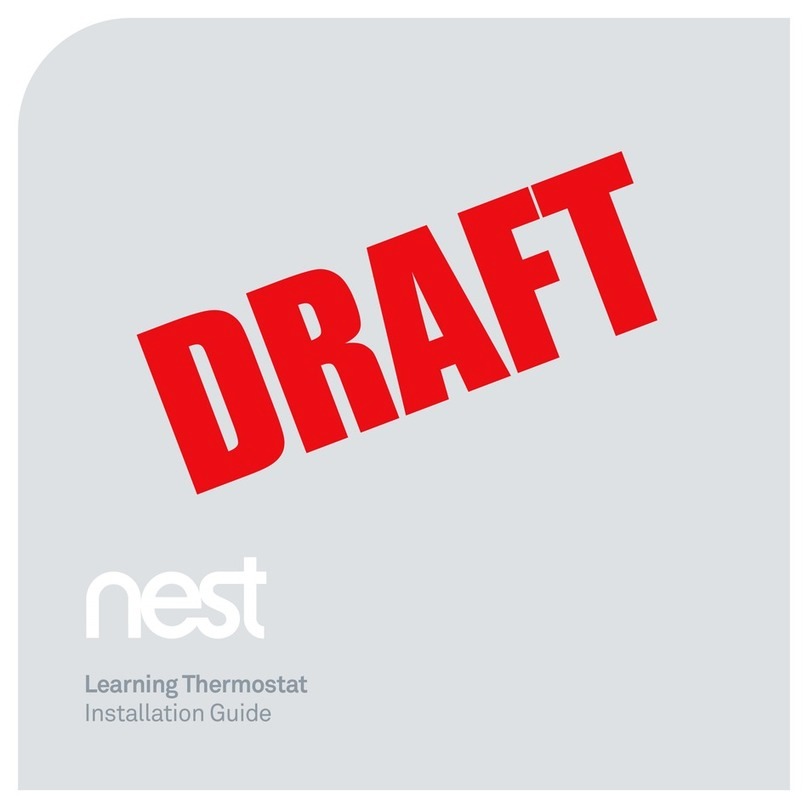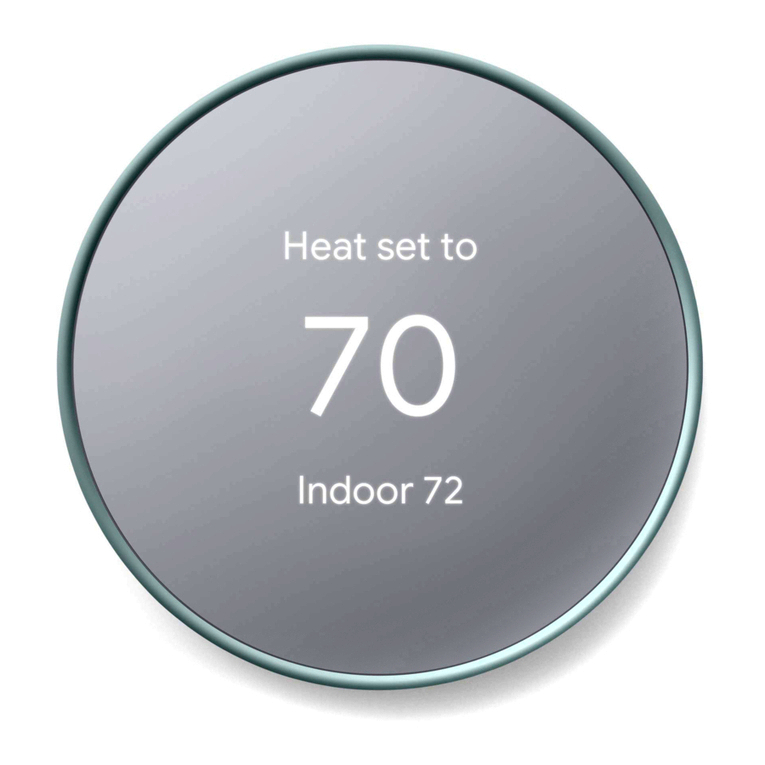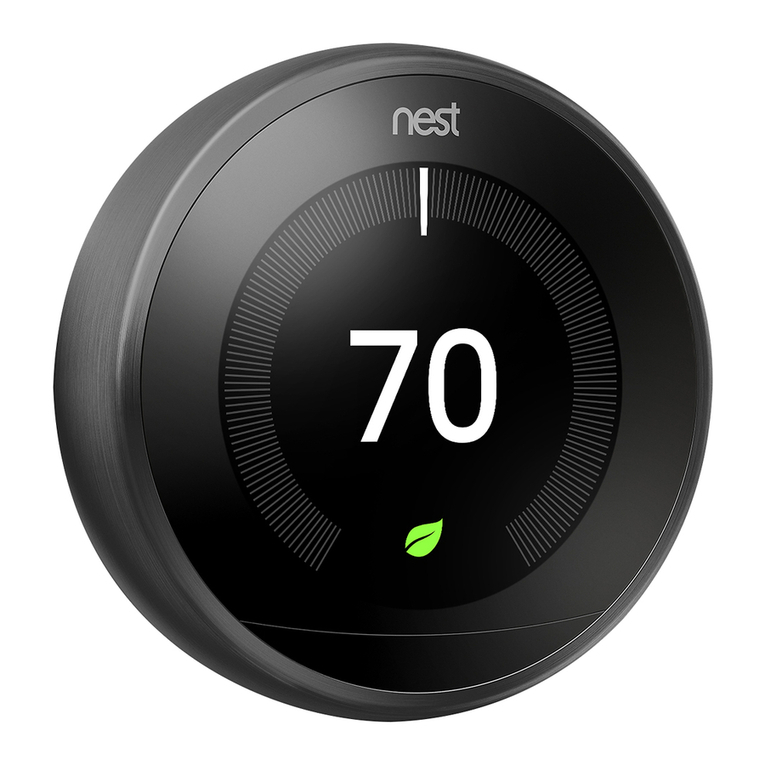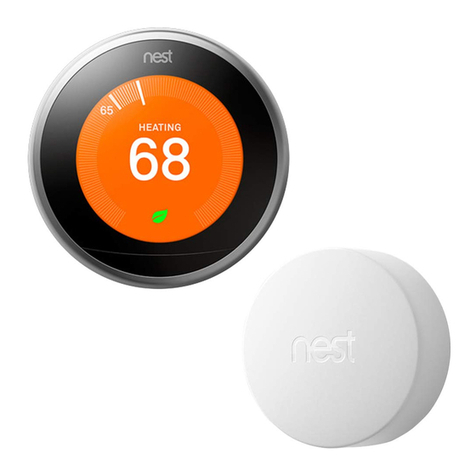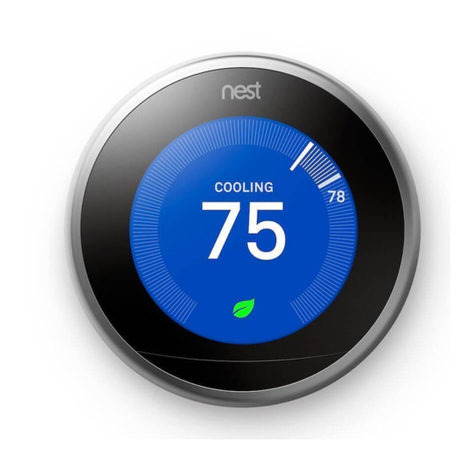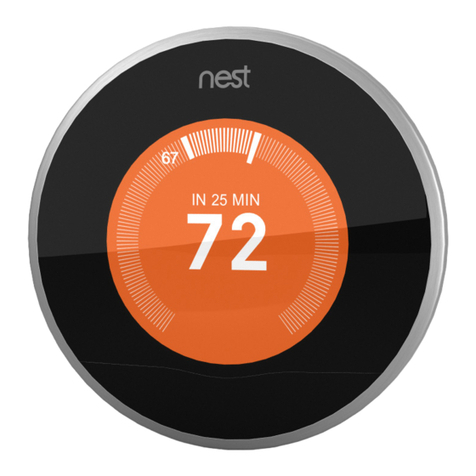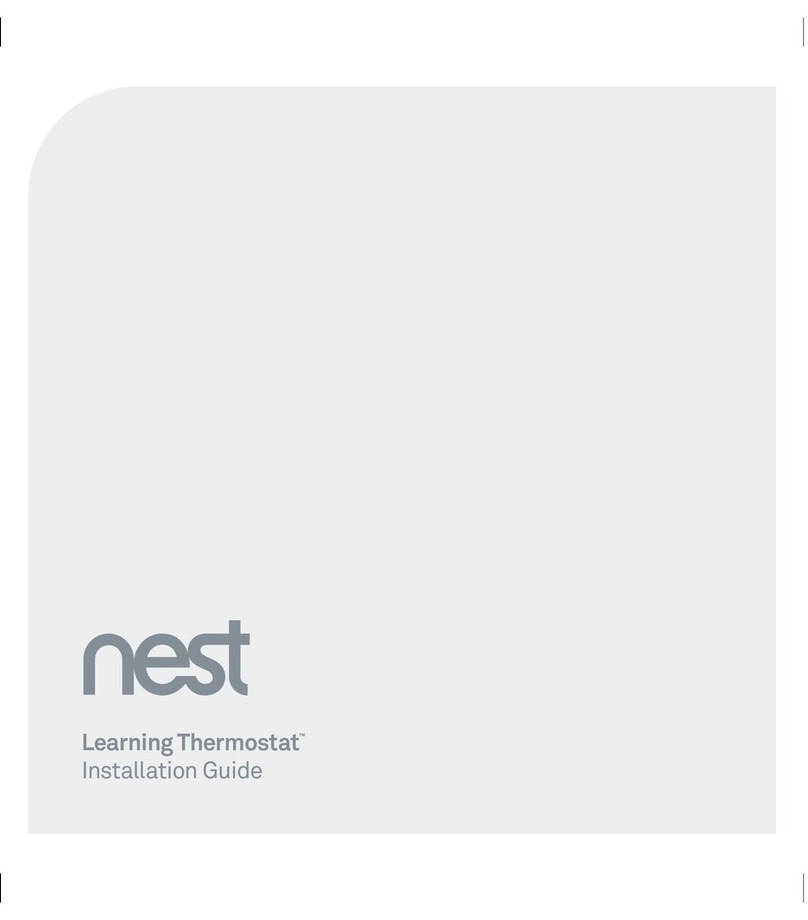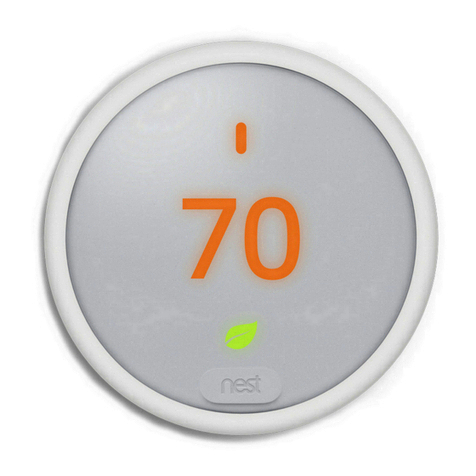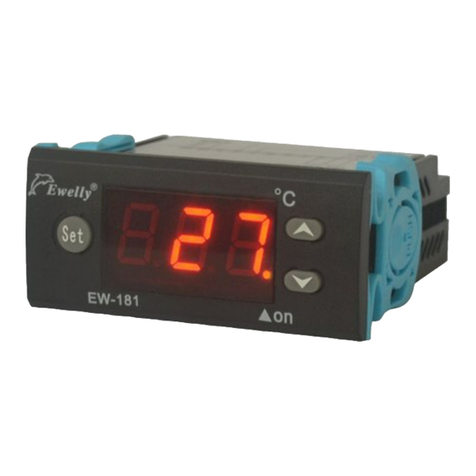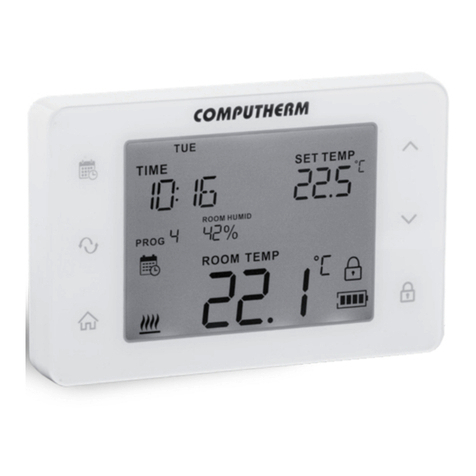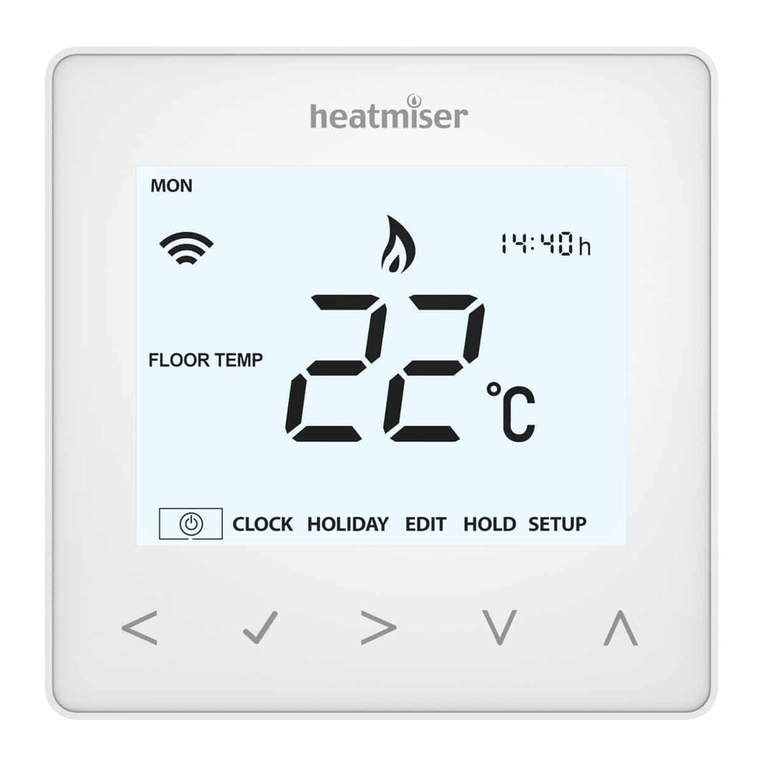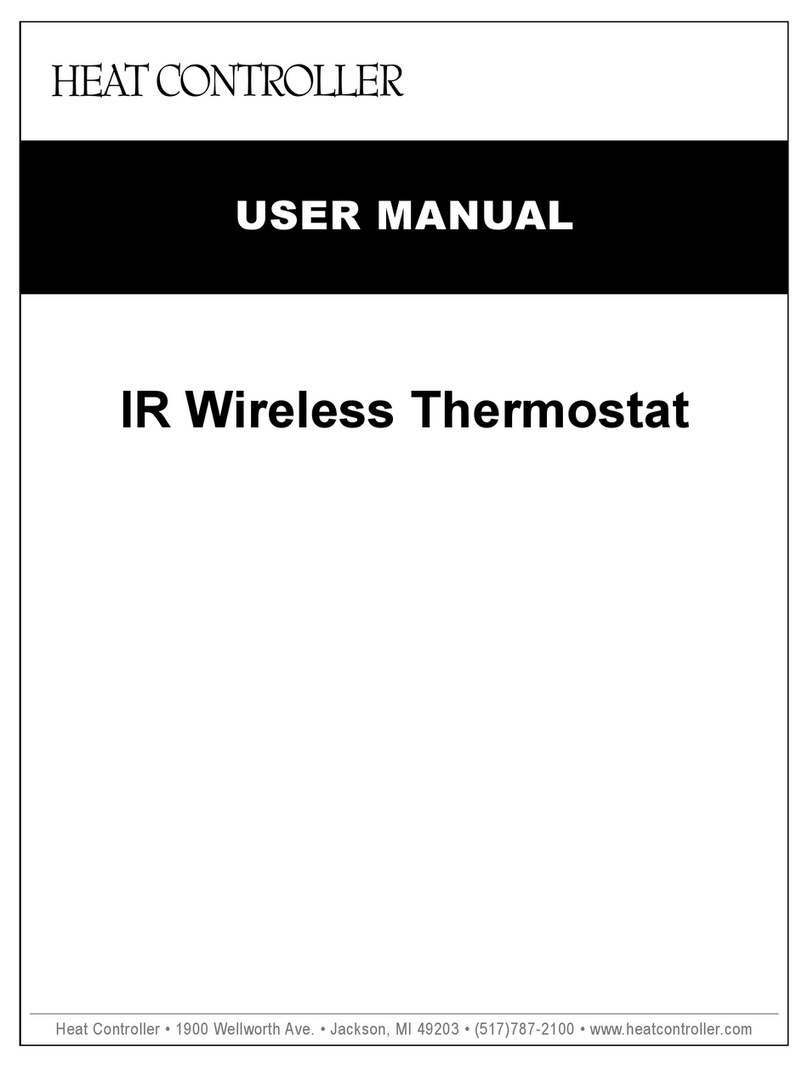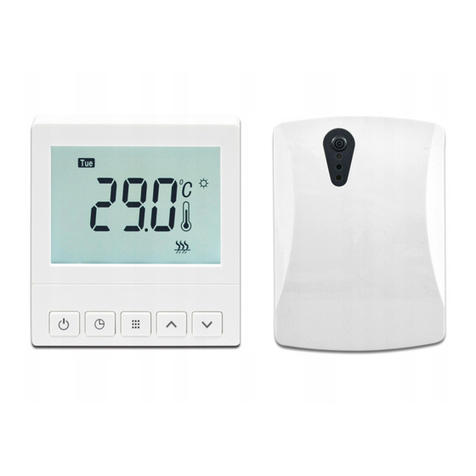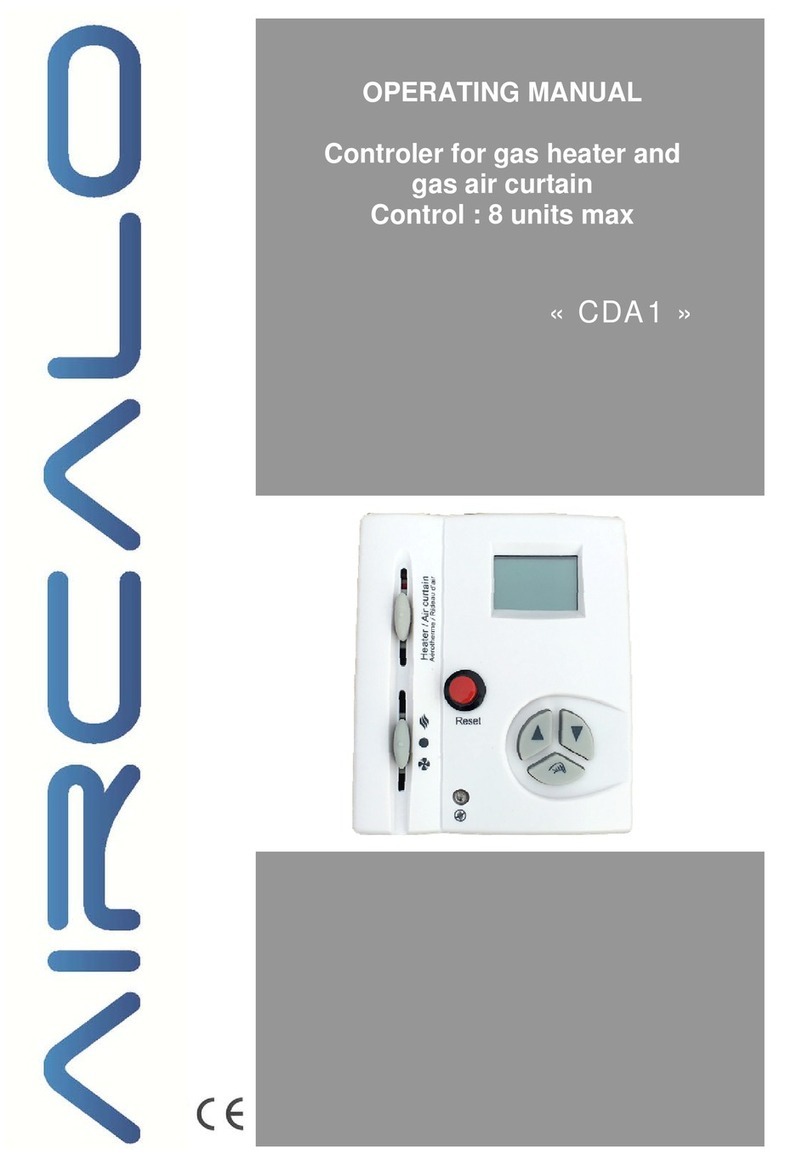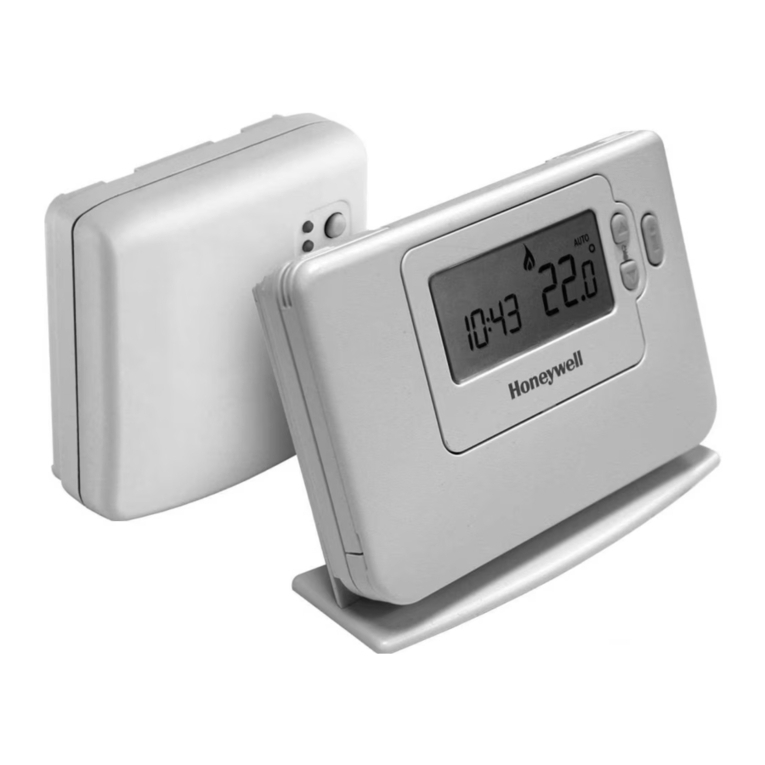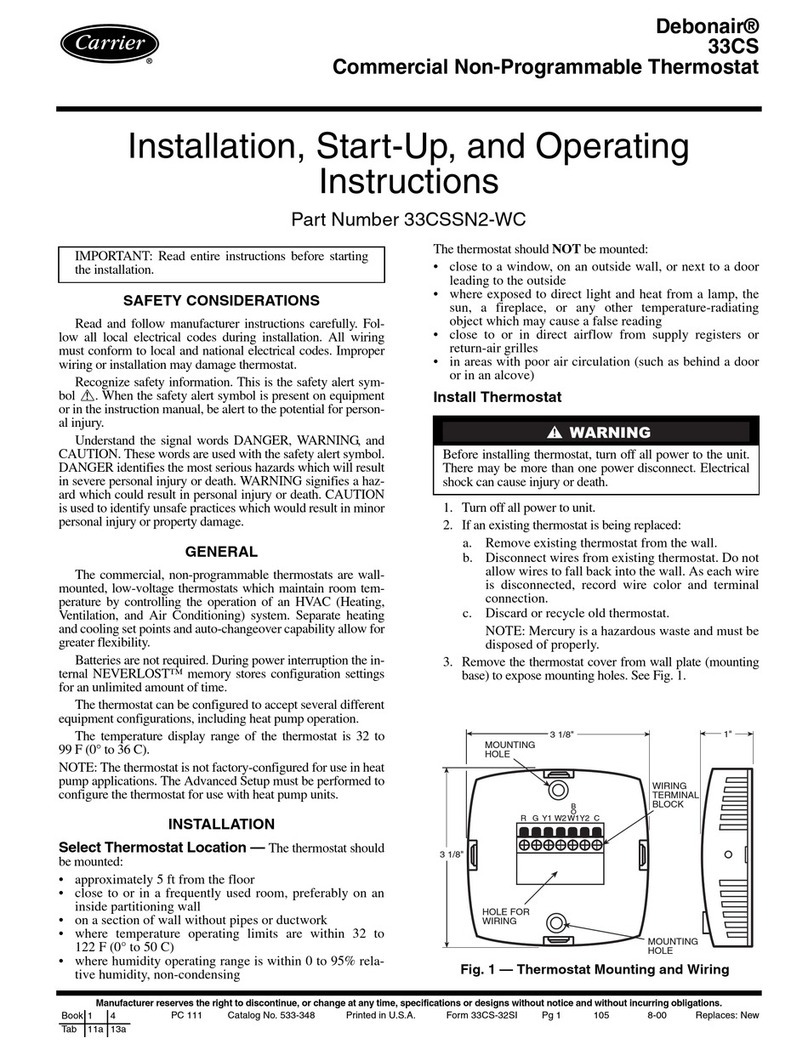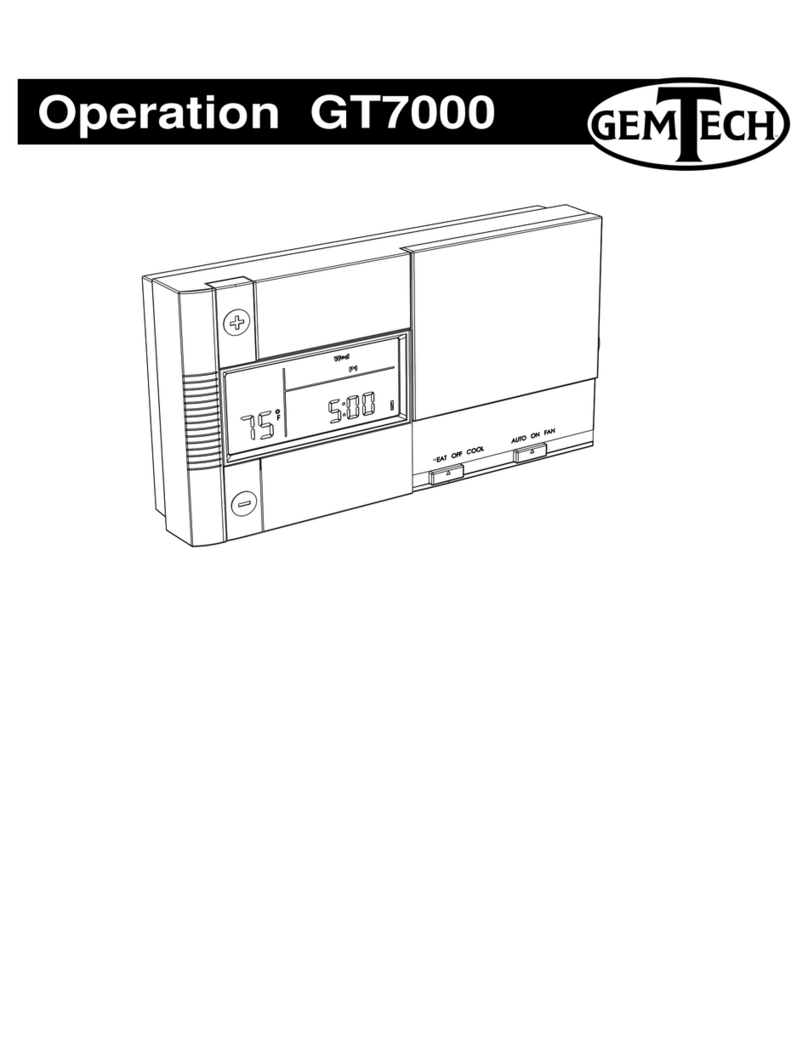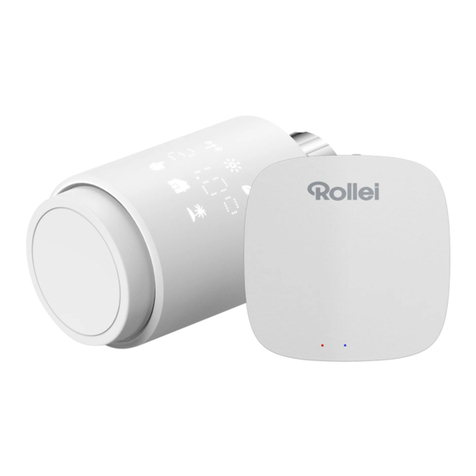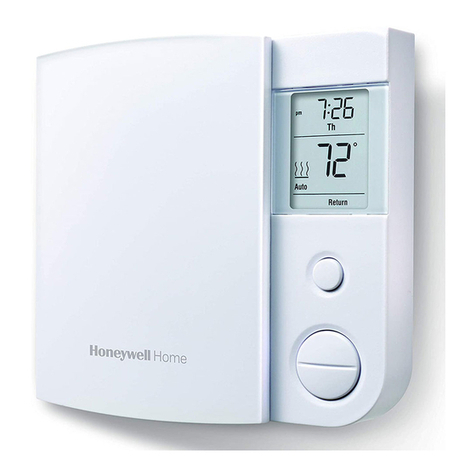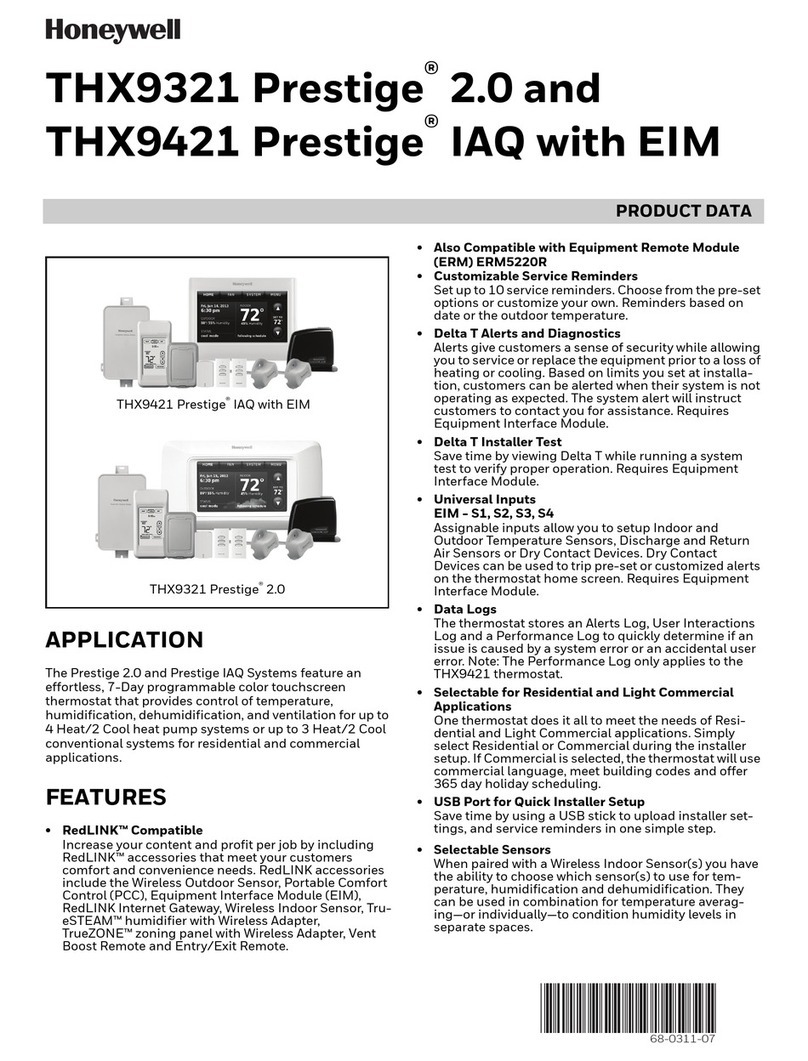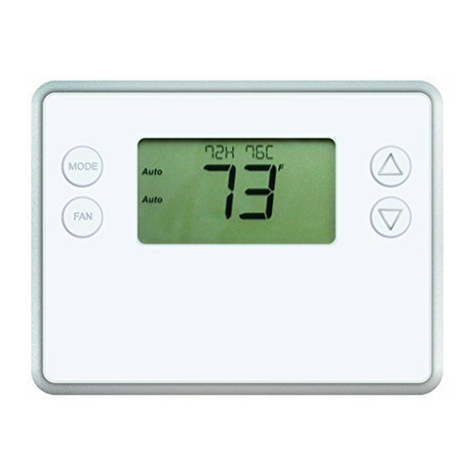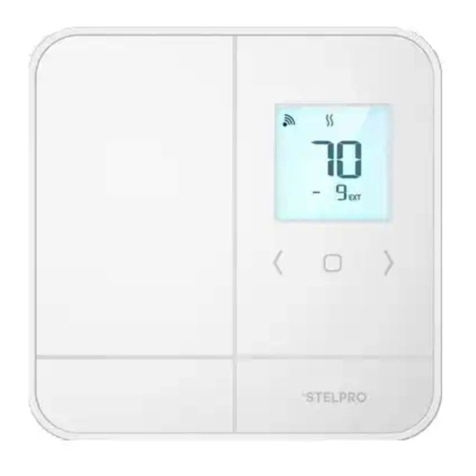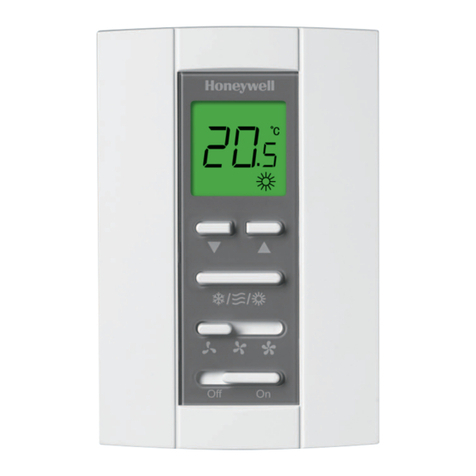
HVAC compatibility details
HVAC compatibility details
HVAC compatibility details
HVAC compatibility details
HVAC compatibility details
Nest Learning Thermostat
2nd Generation
Nest Learning Thermostat
2nd Generation
Nest Learning Thermostat
1st Generation
Nest Learning Thermostat
1st Generation
HVAC–system
compatibility
Nest works with 95% of 24V systems: gas,
electric, oil, forced air, heat pump & radiant.
Heating: 1, 2 and 3 stages (W1, W2, W3)
Cooling: 1 and 2 stages (Y1, Y2)
Heat pump: with auxiliary and emergency heat
(O/B, AUX, E)
Fan (G)
Power (C, Rh, Rc)
Humidifier or dehumidifier (HUM, DEHUM)
Nest works with 95% of 24V systems: gas,
electric, oil, forced air, heat pump & radiant.
Heating: 1, 2 and 3 stages (W1, W2, W3)
Cooling: 1 and 2 stages (Y1, Y2)
Heat pump: with auxiliary and emergency heat
(O/B, AUX, E)
Fan (G)
Power (C, Rh, Rc)
Humidifier or dehumidifier (HUM, DEHUM)
24V HVAC
conventional heating, one stage or two stage
conventional cooling, one stage
gas, oil, electric, solar, geothermal systems
one-stage heat pump with auxiliary heat
zone systems with or without dampers
24V HVAC
conventional heating, one stage or two stage
conventional cooling, one stage
gas, oil, electric, solar, geothermal systems
one-stage heat pump with auxiliary heat
zone systems with or without dampers
W1
W2/AUX
C
* (E/W3/HUM/DHUM)
Rh
Wi-Fi recommended. Required for remote
control.
Wi-Fi 802.11 b/g/n, 2.4 GHz
Auto-pairing device to user accounts
Wireless software updates
Secure: AES-128 , SSL/TLS, WEP, WPA/WPA2
Wi-Fi recommended. Required for remote
control.
Wi-Fi 802.11 b/g/n, 2.4 GHz
Auto-pairing device to user accounts
Wireless software updates
Secure: AES-128 , SSL/TLS, WEP, WPA/WPA2
Wi-Fi recommended. Required for remote
control.
Wi-Fi 802.11 b/g/n, 2.4 GHz
Auto-pairing device to user accounts
Wireless software updates
Secure: AES-128 , SSL/TLS, WEP, WPA/WPA2
Wi-Fi recommended. Required for remote
control.
Wi-Fi 802.11 b/g/n, 2.4 GHz
Auto-pairing device to user accounts
Wireless software updates
Secure: AES-128 , SSL/TLS, WEP, WPA/WPA2
* Nest may need a common wire if Nest can’t get the voltage it needs from standard HVAC wiring without
interfering with normal HVAC operation. This occurs most often in certain zoned systems. Get more info in
the troubleshooting section, starting on page 28.
Nest Learning Thermostat installation & configuration guide Page 3
